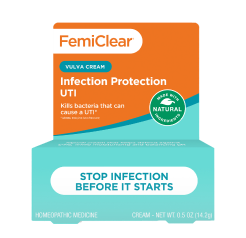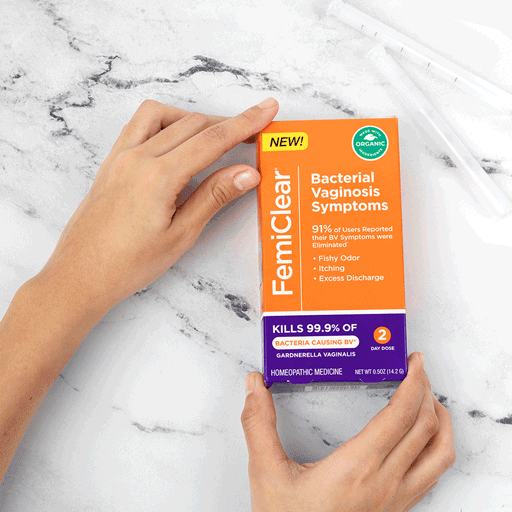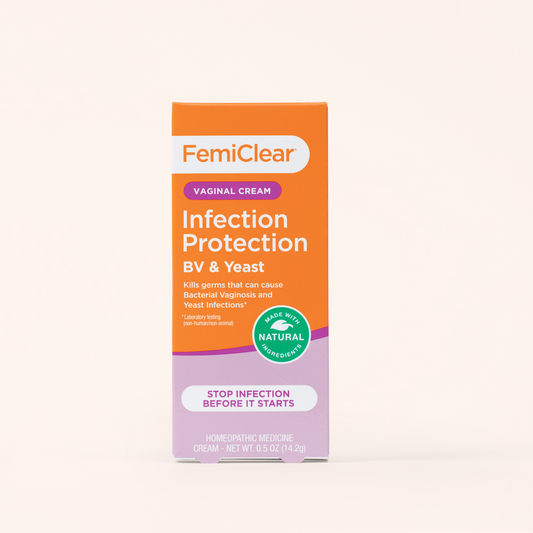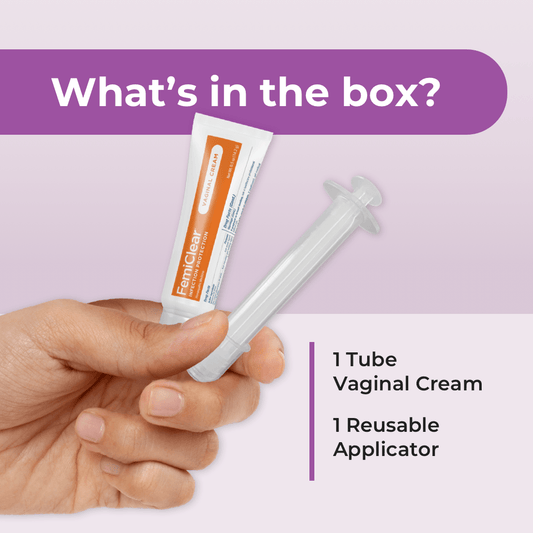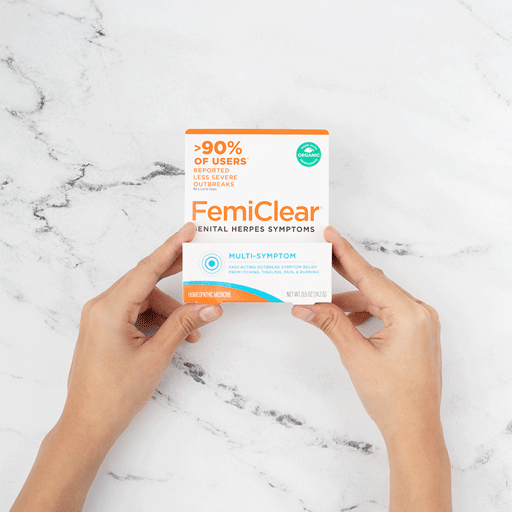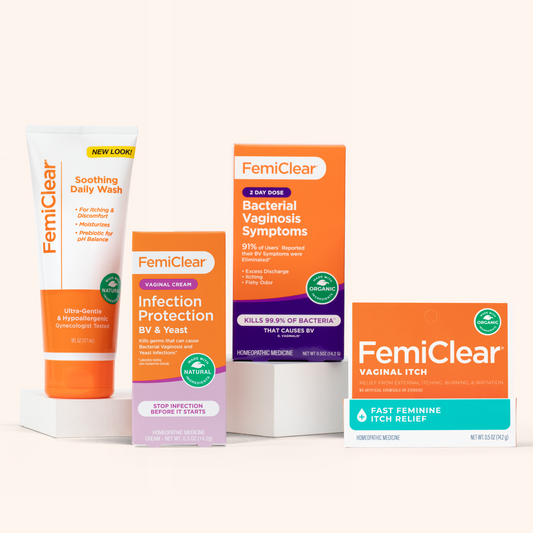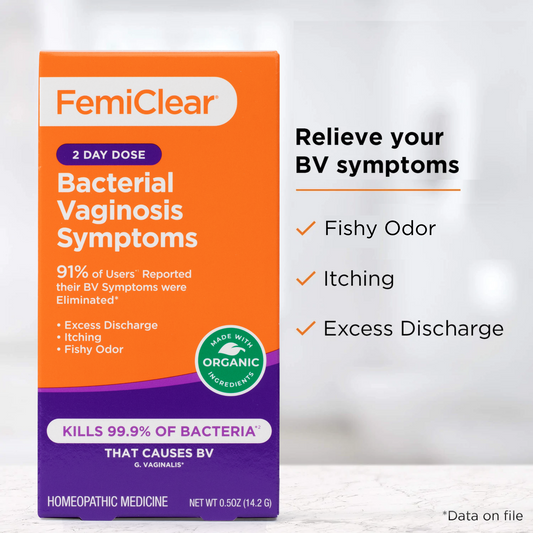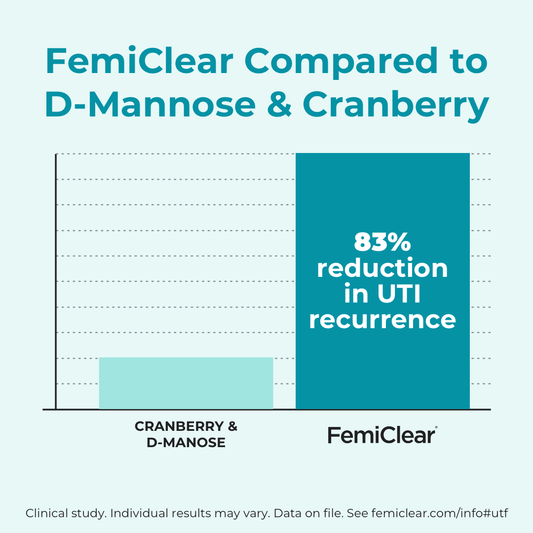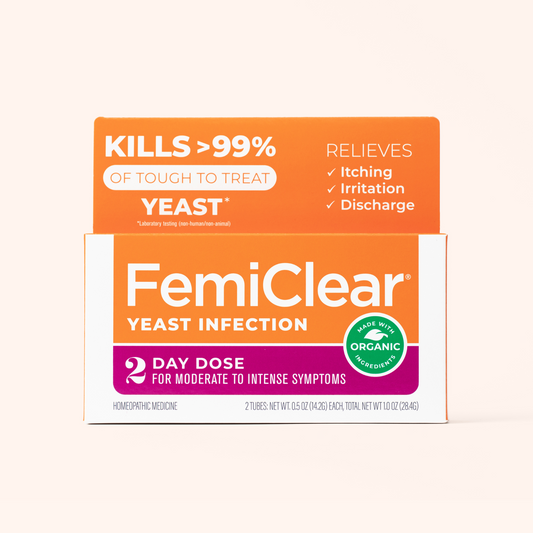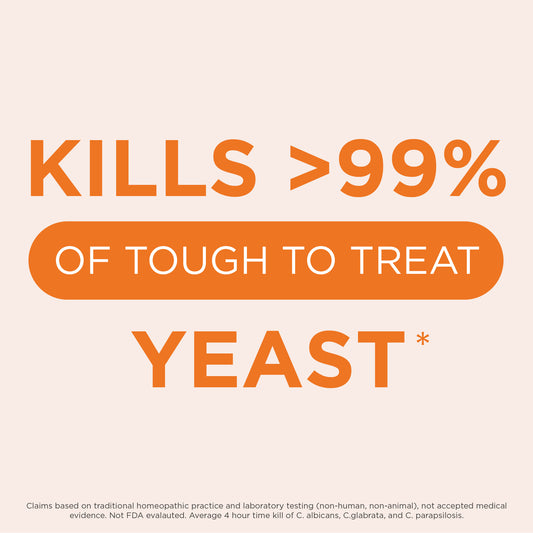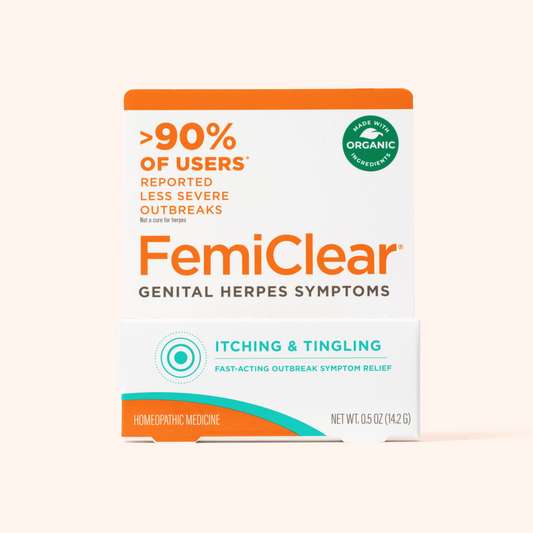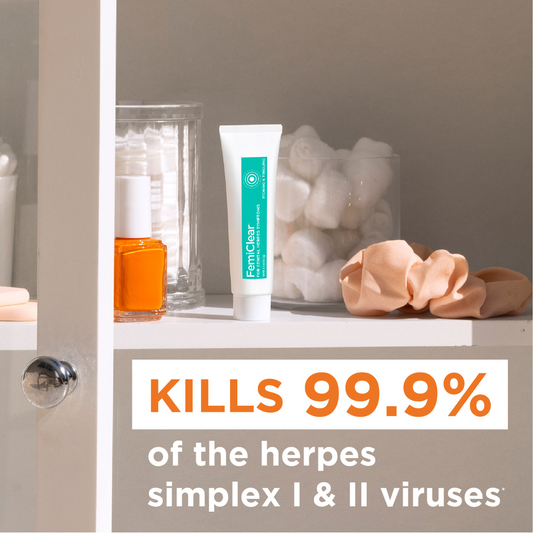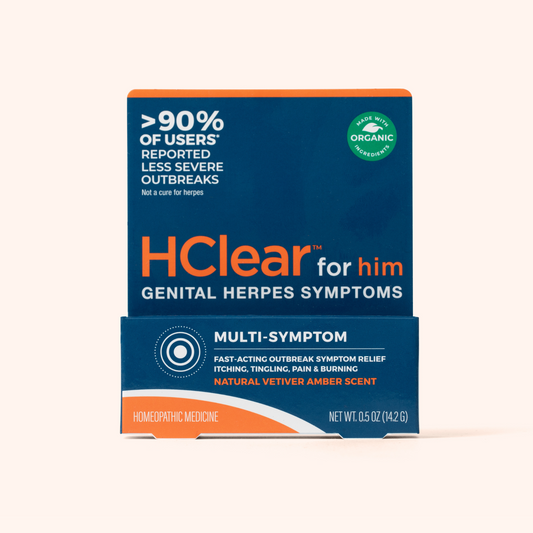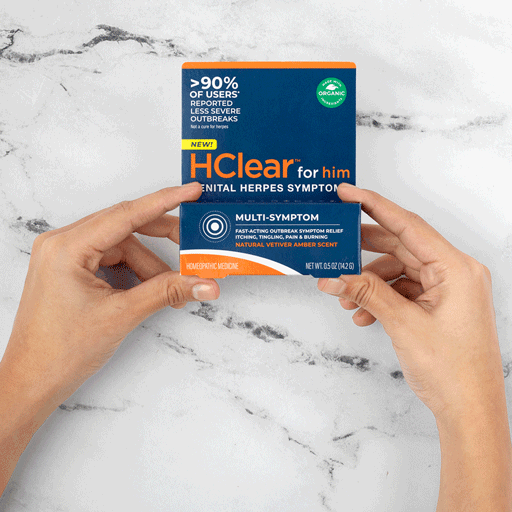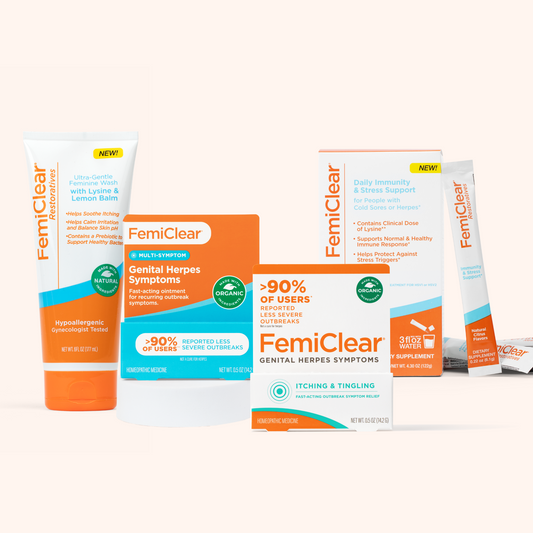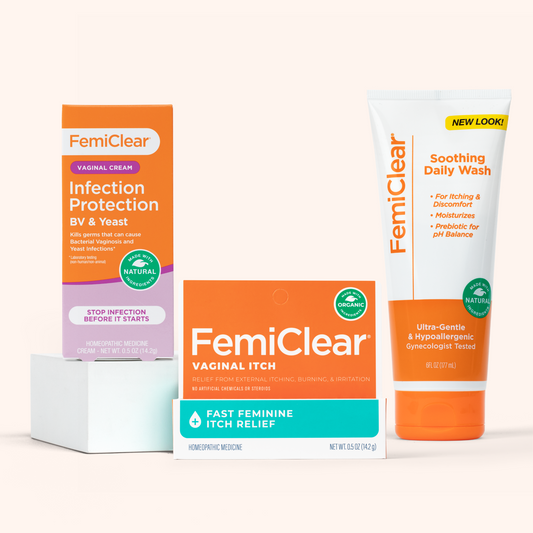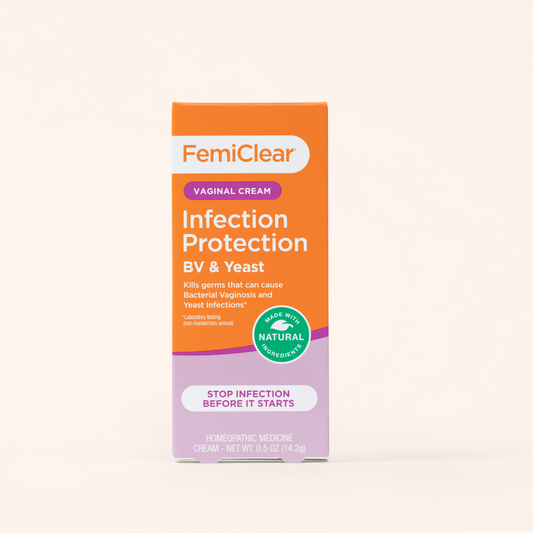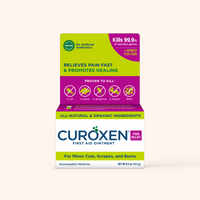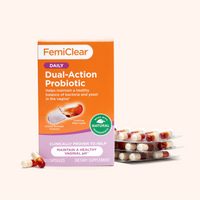Table of Contents
Table of Contents
STD Testing: How to Get Tested & What to Expect
Written by Julia Pelly, MPH Dec 05, 2022

There are certain things we all know about ourselves. We know our address, our phone number, our shoe size, and our eye color. We’re probably able to recite our ATM code, remember our favorite teacher’s name, and easily look up our best friend's birthday. One thing that’s not always on the list of things we know though? Our STI status.
Your STI status refers to whether you are currently infected with certain sexually transmitted infections. These infections can include things like chlamydia, gonorrhea, herpes, and HIV. Knowing your status gives you the opportunity to treat any infection that might be impacting your short or long-term health, helps you ensure you’re not unknowingly exposing a partner, and allows you to take the best care of yourself possible.
If you are or have been sexually active, the only way to confirm your STI status is to be tested. Fortunately, STI testing is usually affordable, simple, and easy to request. This year, as you plan for a strong and healthy you, make a commitment to add your STI status to the things you always know about yourself.
What are STIs?
Depending on when, where, and from whom you received your sex education, you may be more familiar with the term, STD (sexually transmitted disease) than you are with the term STI (sexually transmitted infection). You might also wonder if these terms are interchangeable or, if not, what the difference is.
When people use either of these terms, they’re usually talking about roughly the same thing; infections that can be passed from one person to another during sex. A sexually transmitted infection occurs when bacteria, a virus, or a parasite enters your body during sexual contact. A sexually transmitted disease happens when an infection damages part of your body or causes symptoms. So, basically, every STD starts out as an STI, but not every STI turns into an STD and, while you can’t give someone an STD, you can expose them to an STI that can become an STD.
While these terms do mean slightly different things, they are often used interchangeably, especially because many people are more familiar with the term STD than the term STI.
Who Should Get Tested for STIs?
It never hurts to get tested and confirm your status but there are situations and risk factors that make getting tested regularly more important.
The CDC recommends that all women under 25 and all men who have sex with men be screened for STI’s at least once per year. Those with multiple or anonymous partners should be screened more frequently, generally every 3-6 months. Everyone who is pregnant should be screened early in pregnancy and, depending on their status and their partner’s status, later in pregnancy as well.
This sort of regular testing even when you’re not experiencing any symptoms is called screening. Regular screening is important because many STIs don’t present with symptoms immediately or at all. If you don’t test until you experience symptoms, that may mean that you are not able to seek treatment until your body has already been damaged by the disease in one way or another.
In addition to regular screening, experts recommend getting tested if you believe you may have been exposed to an STI or if you experience any symptoms that are associated with STDs. These symptoms include:
- Any discharge that seems different than your ‘normal’
- Pain with urination
- A rash in the genital area
- Vaginal bleeding that seems unusual
- Itching, pain, or burning in the genital area
- Sores, warts, or blisters around your genitals or anus
Even if the symptoms you’re experiencing don’t match any on this list it’s important to listen to your body. Reach out to your doctor if things don’t feel as they should or if you think you may have a sexually transmitted infection or disease.
How to Get Tested
Getting tested for STIs may not feel as fun as a bubble bath or pedicure, but it is an important aspect of self-care. The CDC estimates that, at any given time, 1 in 5 people in the United States has an STI. While these STIs may not be causing symptoms or issues now, they can become problematic over time and, sometimes, you don’t notice anything different until significant scarring or internal damage has already been done.
You can usually seek testing through your primary care doctor, an urgent care clinic, an on-campus clinic, or a sexual health clinic. If you’re planning to get tested during your annual physical or during your regular gynecologist appointment, you’ll likely need to request testing. While some doctors do bring up STI testing, it is not considered routine and does not usually happen without patient request.
Doctors can check for STIs in a number of different ways. Depending on what STIs you’re being tested for, your appointment may include:
- A urine test: you’ll pee into a cup and your sample will be sent to a lab for testing.
- A blood test (this is less common); a nurse or phlebotomist will take a small blood sample from your arm or finger and send it to a lab for testing.
- A cheek swab: your nurse or doctor will rub a soft swab on the inside of your cheek and then send it to the lab for testing.
- A physical exam: your care provider will conduct a physical assessment to look for any rashes, sores, discharge, or visible irritation.
- A swab of a sore or blister: a nurse or doctor will rub a soft swab on and around a sore or blister and then send it to the lab for testing.
- A cell or discharge sample: Your doctor or nurse will swab any discharge or areas in or around the penis, vagina, urethra, anus, or cervix and send the samples to the lab for testing.
It’s important to talk with your doctor about which STIs you are being tested for and which you are not. Be sure to tell your doctor if you have concerns about being exposed to a specific STI.
After your STI test you may feel like you’re on pins and needles waiting for your results. Luckily, most test results are available within a few days, if not sooner. In the meantime, do your best to live life as you normally would, and rest assured that your care provider will reach out once your results are back.
What To Do If You Find Out You Have an STI
Finding out you have an STI can be surprising and upsetting. It’s common to feel anger towards whoever exposed you, shame about possibly exposing others, confusion and overwhelm about how to treat your STI and more.
If you find out you have an STI, it’s important to remember that they are common and often very treatable and that you’ve already taken an important step for your health by getting tested.
When you get your results, you’ll want to ask your doctor some important questions. These can include:
- What do I need to know about the STI I tested positive for?
- What are my next steps?
- Do I need to take medication?
- How can I prevent passing along this STI?
You’ll also want to talk with your partner or partners and let them know that they should get tested. This conversation may feel intimidating but, according to the CDC, it’s important to tell your partner as soon as you can.
While many STIs can be treated some, like herpes, may have no cure. Learning about the disease, how to manage it, how to disclose your status to new partners, and how to manage symptoms can help you feel reassured that you’re not alone and that there are plenty of people living with (and loving) life with herpes.
What To Do If You Don’t Have an STI
After STI testing, you may find out that you do not have an STI. This news can be reassuring and can help you feel confident that the precautions you may be taking, like talking openly with partners, using condoms, and avoiding overlapping partners, are helping keep you safe.
It might feel like you don’t need to do anything if you test negative, but you can keep on keeping yourself safe by recommitting to any precautions that you may have become a little bit lax about and scheduling your next STI screening. It’s also important to be aware of any symptoms that may present later on. Since most people are not tested for all STIs (a standards panel does not include herpes, for example) there is a possibility that you may exhibit symptoms later and need to go back to the doctor to determine what’s going on.
It’s also important to share these results with your partner. When you talk openly and are willing to share your status (negative or positive) with your partner, it encourages the sort of openness that can help make it easier to share if you or your partner ever do test positive. If your partner is not being screened regularly or has not been screened since you started your relationship, it can also start a conversation in which you let them know that STI screening is important to you.
STI testing FAQs
Q: If you’re in a monogamous relationship should you still get tested for STIs?
A: While being with more than one partner at a time increases your risk for STIs it can still be important to get tested if you are in a monogamous relationship. Many STIs don’t present with symptoms right away or at all, so it’s possible that one person in the relationship had an STI before the relationship began and could spread it to their partner. It’s also possible that one partner is not monogamous, even if they tell the other, they are.
Q: How can someone with cold sores give someone herpes?
A: While it’s not common, someone with a cold sore can give a partner genital herpes. According to the World Health Organization, there are two types of the herpes simplex virus; HSV1 and HSV2. HSV-1 is extremely common; about ⅔ of people who are younger than 50 carry this virus. HSV-1 is mostly transmitted by oral-to-oral contact and is typically responsible for cold sores.
HSV-2, the type of herpes virus that causes genital herpes, spreads through skin-to-skin genital contact. HSV-2 is also common, although most people who have it are not aware of it. Though it does not happen often, HSV-1 can also cause genital herpes in the case of oral-to-genital contact.
Q: Can you cure herpes?
A: There is no cure for herpes, but you can reduce your risk of transmitting the virus to others and having outbreaks by taking suppressive antiviral medication. You can also manage any discomfort caused by the symptoms of herpes by choosing all-natural, over-the-counter products that help soothe the discomfort of cold sores caused by HSV-1 or with the symptoms of genital herpes caused by either HSV-1 or HSV-2.
Written by Julia Pelly, MPH Dec 05, 2022

UTI Infection Protection Vulva Cream
Stop infection before it starts
buy now